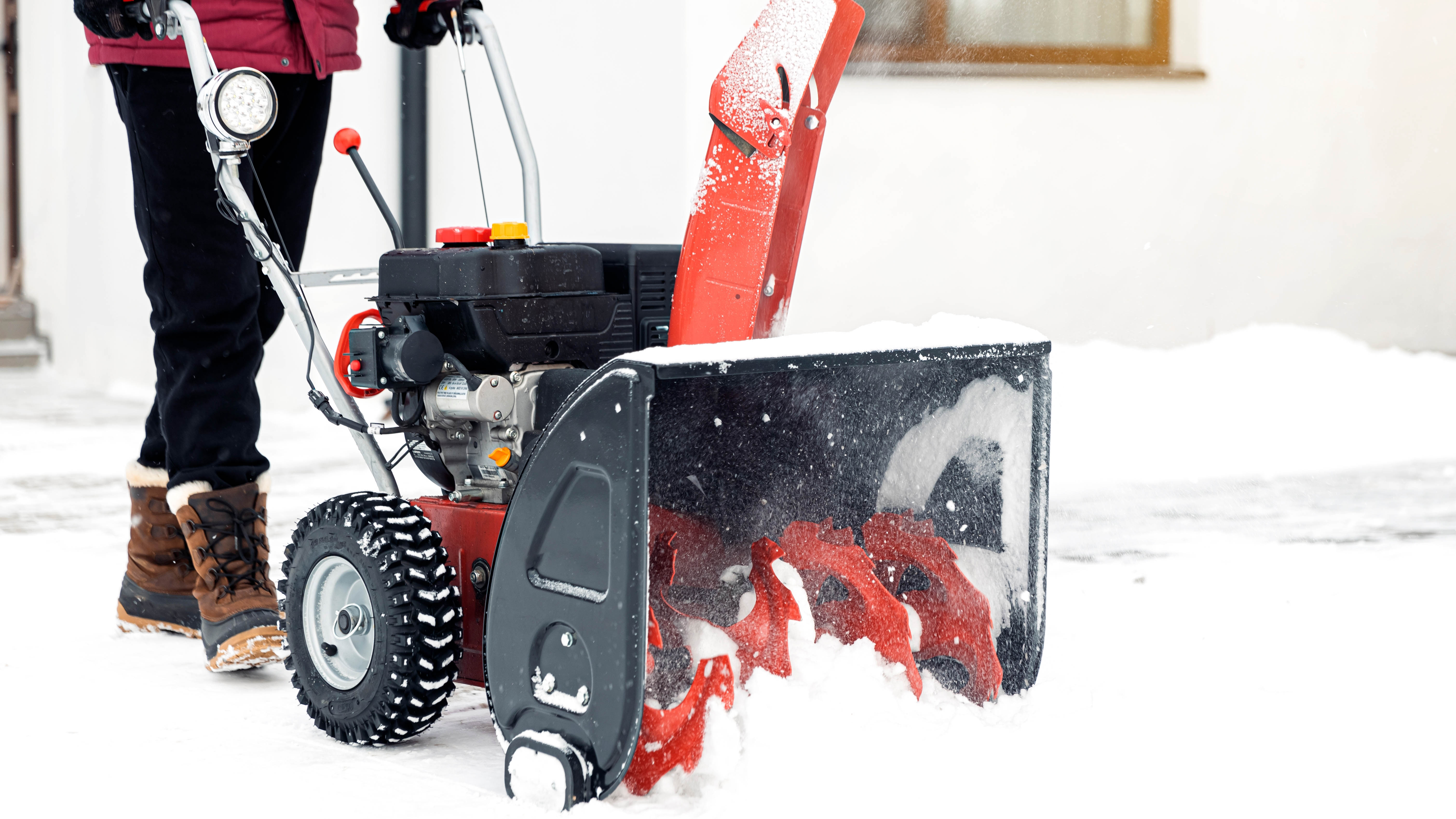
Winter is upon us, and if you’ve been hit with heavy snowfall, you’re probably thinking of investing in a snow blower to keep your front yard, backyard, or driveway snow-free.
Snow blowers are handy machines for quickly clearing a wide pathway of accumulated snow with each pass, and can shoot snow from 20 feet out of the way. More importantly, it will save you the back-breaking task of shoveling snow all the time!
But with so many types of snow blowers on the market, it can be a daunting task to choose the right one for your home. Other factors include the type of area where you live (rural), the amount of snowfall you get, or whether you have a flat, sloped or gravel driveway. In addition, your snow blower would need to be easy to run and manage, and suitable for your needs.
To help you decide, here are 5 essential things you need to know when buying a snow blower, to handle those snow days.
1. What are the different types of snow blowers?
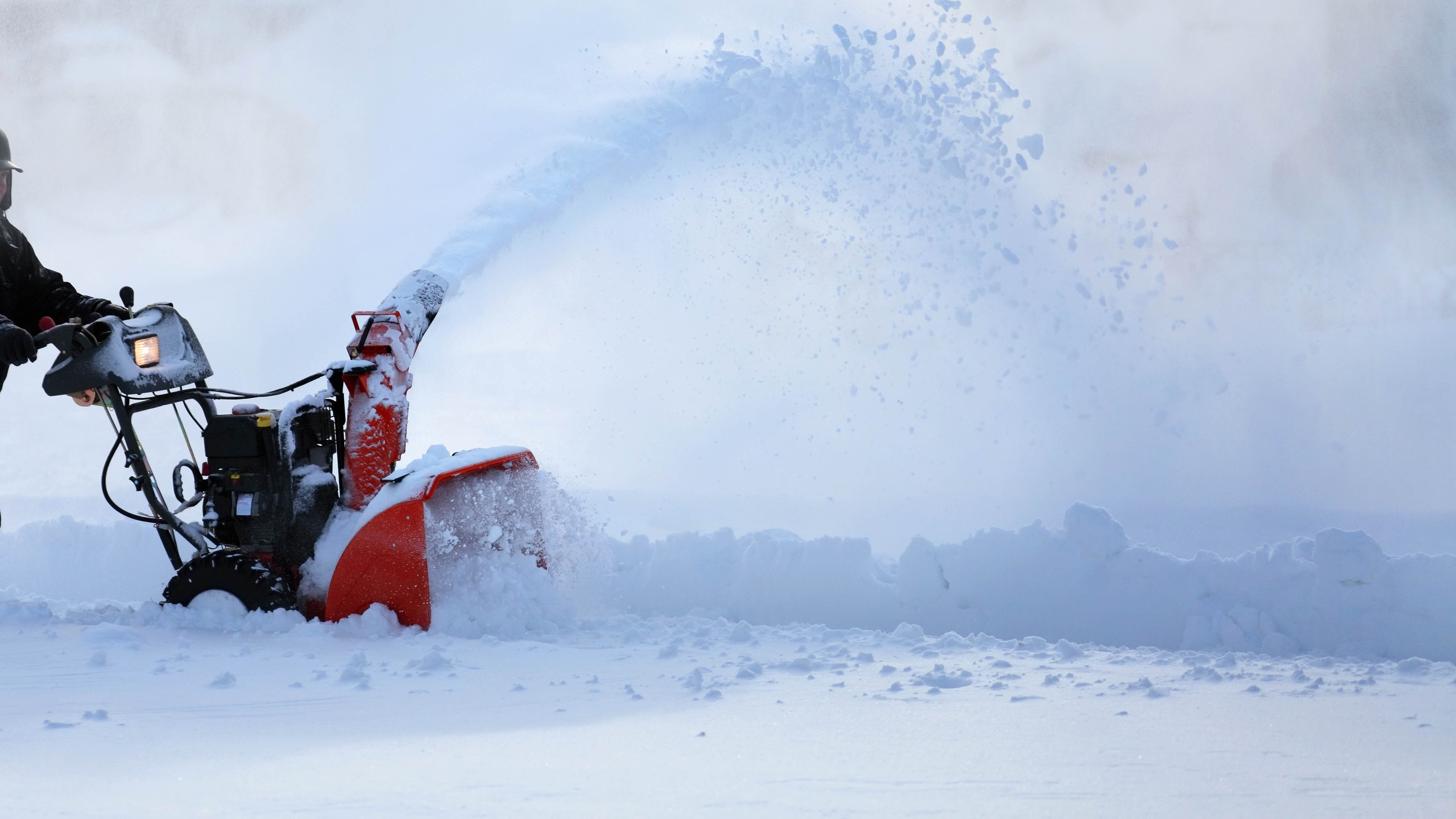
While it might seem straightforward to purchase a snow blower, there are actually four different model types available. These are single-stage, two-stage, three-stage, and powered shovel — which is simply a handheld snow shovel with a power source. The latter are suitable for clearing smaller areas such as porches, patios and communal walkways.
The main stages refer to the amount of augers they have to pack in a powerful punch through the snow, and propel it through the discharge chute. So you’ll need to find one suitable for your home.
Single-stage blowers — The single-stage blowers are the smallest, most compact models, only using one high-speed auger. These are best suited for shorter driveways or pathways that only get a few inches of snow. In addition, these are easiest to store and priced at the cheaper end — starting from around $350 for gas blowers and $200 for electric-powered models.
Two-stage blowers — Generally, two-stage blowers — which use one auger to pick up the snow and a second one to eject it — are the most popular choice, since they are powerful enough to deal with deep or heavy snowfall (up to 16 inches), and can handle almost any length of driveway. These also range in price, with certain 24-inch models costing right up to $1,000.
Three-stage blowers — The more powerful, three-stage models use three augers to break up heavy snow, and can even tackle ice build-up. These models can clear the fastest and throw the farthest — shooting snow 40 feet or more. They can also clear snow up to about 18 inches deep. What’s more, they are known to work almost 50% faster than a two-stage blower to save you time. So if you have extreme weather conditions or have large, rocky driveways, this might be more suitable. Bear in mind, that prices could start from $2,000 depending on the brand.
2. What kind of power do you prefer?
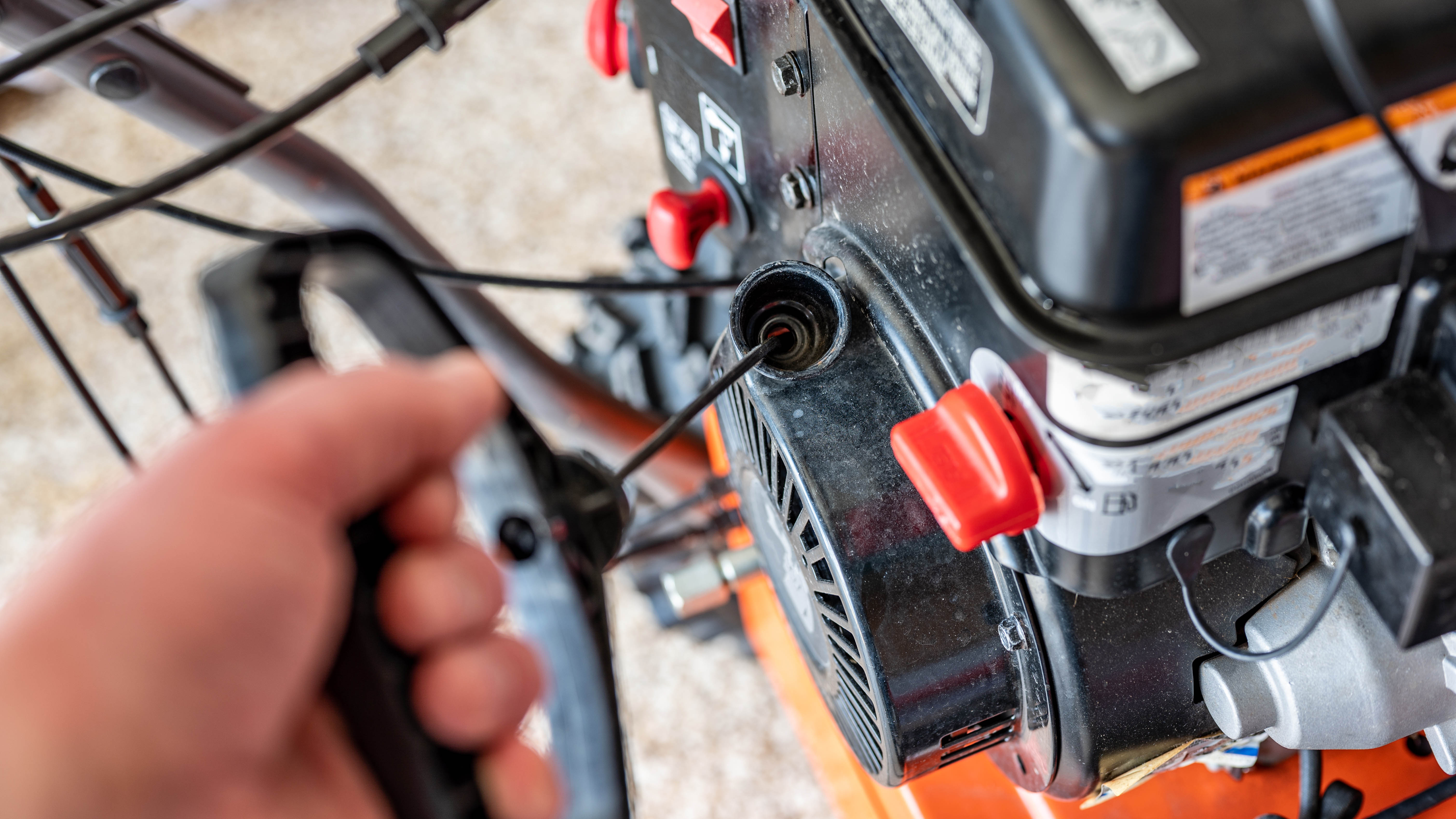
Generally, snow blowers are powered by gasoline, which means you'll need to buy fuel, and maintain the engine by regular oil changes, treatments, cleanings and more. This also depends on the type you buy, so be sure to always follow the manufacturer's guidance before using your gas snow blower.
Typically, gas models are more powerful, and perform best at throwing snow at a greater distance, and clearing it in a much faster time than electric models. In addition, if you have trouble with pull cords, or want to avoid damaging them after time, some gas-powered snow blowers feature push-button or electric starters. In any case, gas snow blowers are heavy-duty, and recommended for quickly tackling heavy snowfall and compacted ice in larger areas/driveways.
However, if you live in an area with light to medium snowfall or you simply don’t want the hassle of dealing with gas and annual maintenance, an electric snow blower might be suitable for you. If needed, there are some corded electric models that can be used with an extension cord up to 100 feet from your home. But always check the manufacturer's guidance before use.
And if you prefer convenience or have mobility issues, you can opt for a battery-powered model. These are more suited for small to average paths/areas, and good for handling light to medium snowfall. While these are great for quickly tackling outdoors, consider the battery life as most machines only operate for about 45 minutes, and can take an hour, at best, to fully charge. So if you can find a model that comes with a second battery, this will help to extend your time tackling the snow.
3. Do you require wheels or tracks?
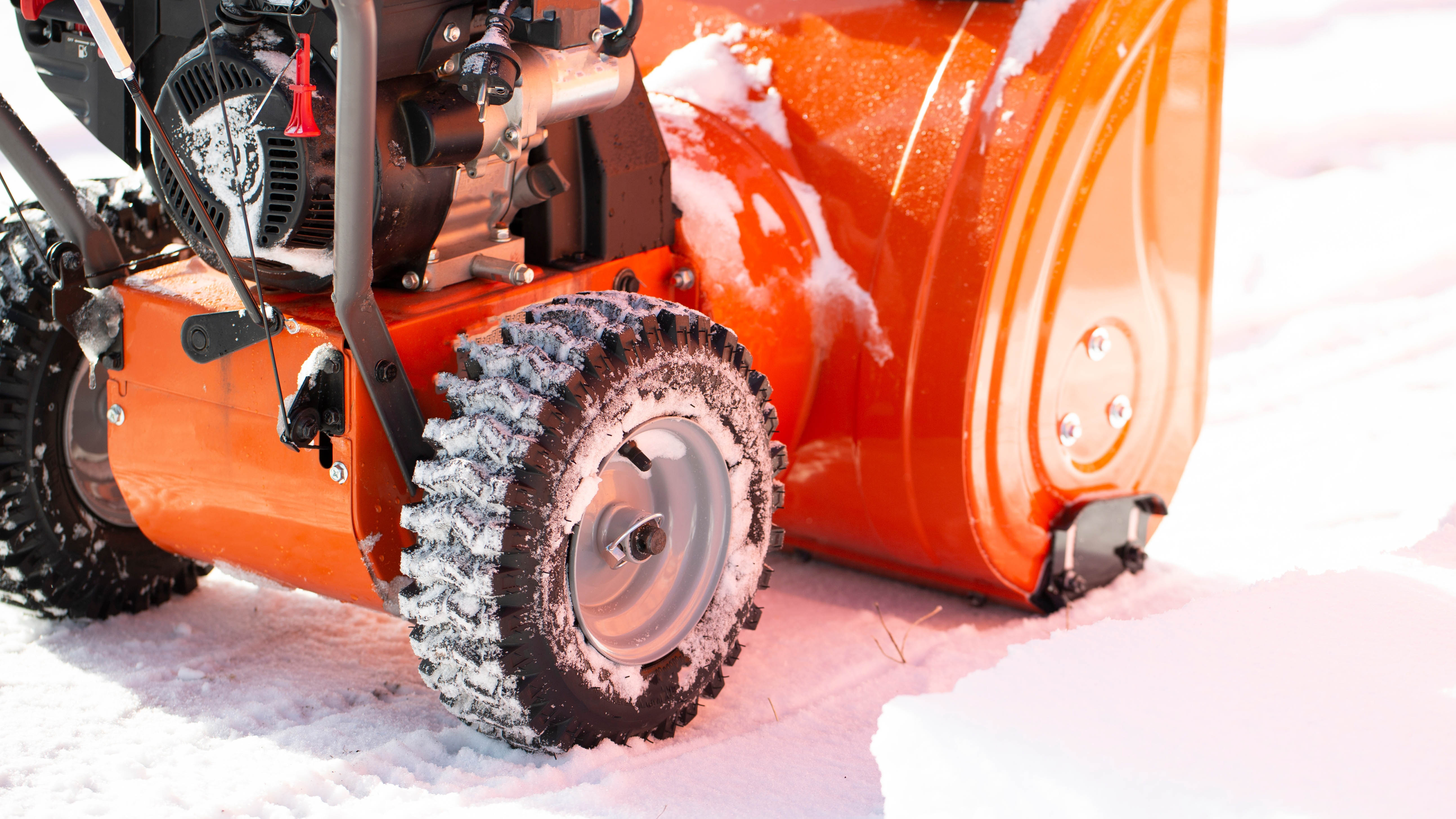
Although the majority of single-stage and some two-stage snow blowers are wheeled, track-drive snow blowers are also popular. This is mainly because they have better traction over compacted or wet snow than traditional wheels. What’s more, these are better equipped to tackle slopes or hilly terrain.
Single-stage blowers on the other hand, tend to have small, plastic wheels with shallow treads, which means they're not ideal for thick inches of snow. Whereas, two and three-stage models have inflated tires with deep treads — similar to those of a lawnmower.
If you're dealing with heavy and deep snowfall, or have hilly paths, track-driven blowers are ideal. However, these tend to be more expensive as they’re built with superior traction-control and safe operation.
4. Is it suitable for a flat or sloped driveway?
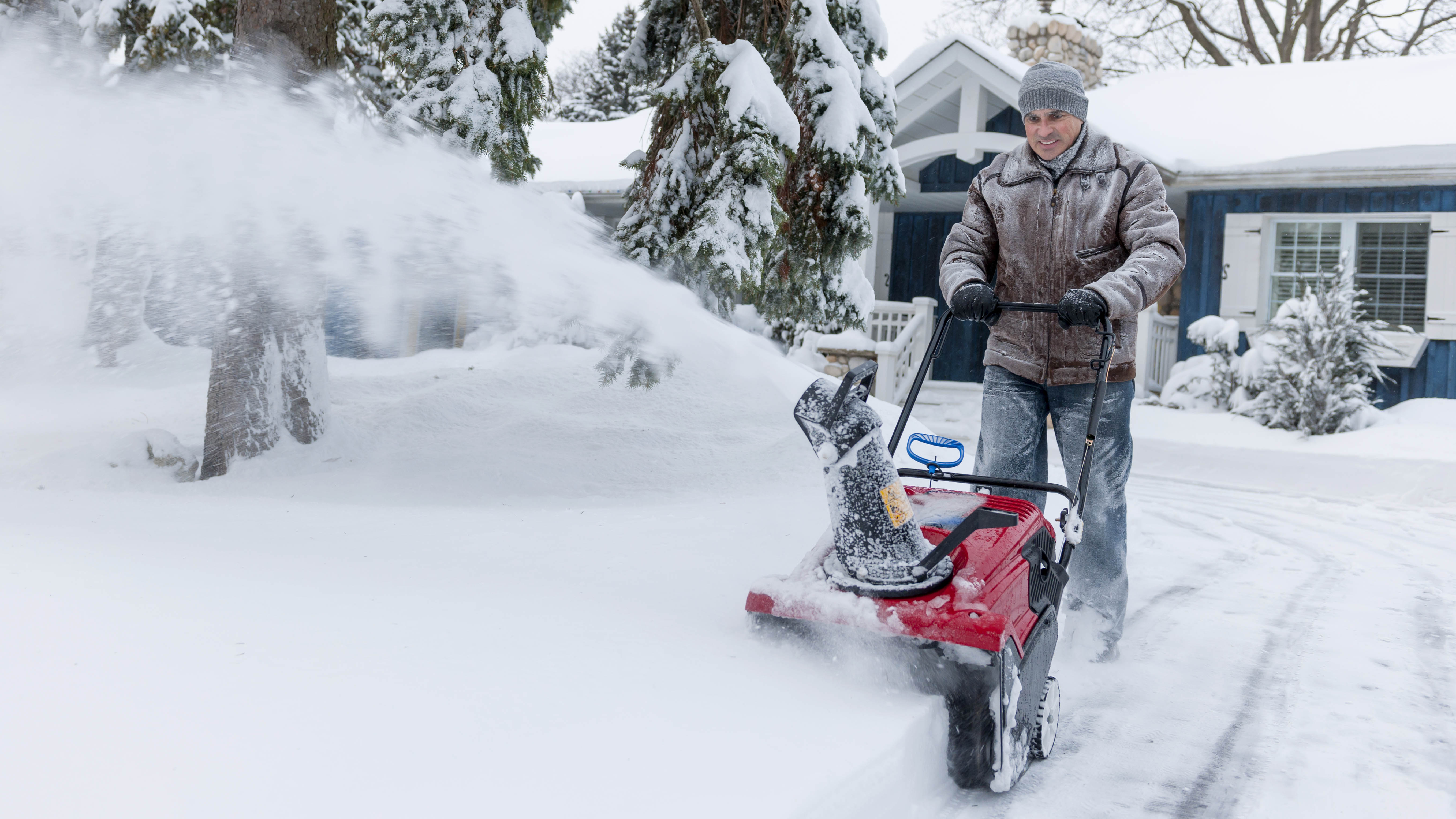
This is a factor that we don’t often consider. Do you have a flat, even or sloped or hilly driveway? You’ll need to ensure you buy a snow blower to suit your terrain and environment.
A single-stage snow blower or powered shovel is recommended for use on a flat, leveled concrete or asphalt driveway. However, if you have a steep slope or dirt driveway, these are not ideal. That’s because these blowers use a rubber-tipped auger that scrapes snow off the ground, and if used on a dirt driveway, this will quickly destroy the rubber auger.
It’s always advisable to use a self-propelled snow blower for sloped driveways. These are powerful enough to handle the gradient in all weather conditions, and will result in less damage to the mechanism (or your driveway!).
5. What other features does it have?
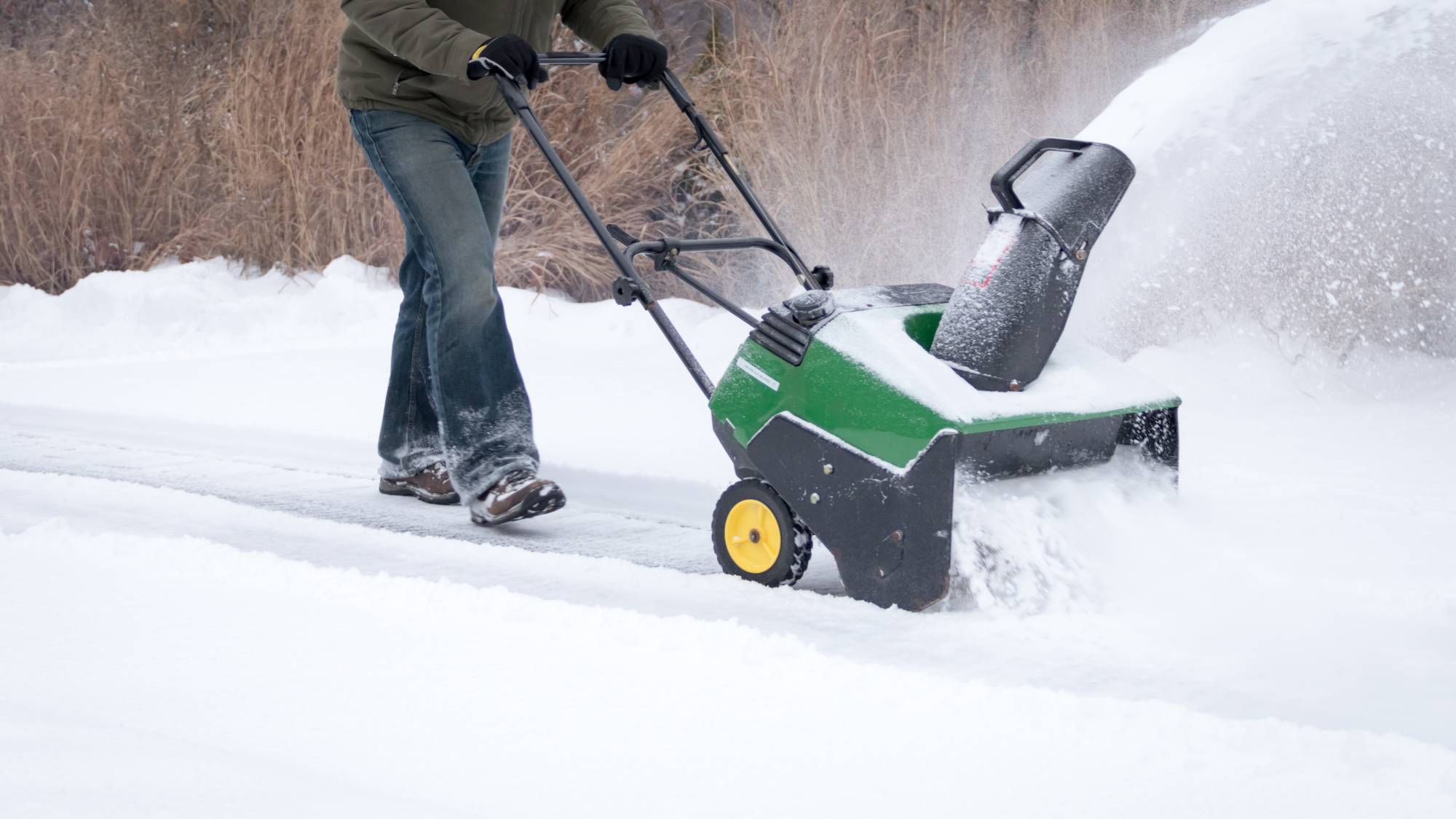
Besides its main purpose of clearing blankets of snow, consider what other snow-blower features you may need. For instance, is it a single-hand operation? This enables you to hold down both levers with one hand, freeing your other hand to adjust the chute. If you want luxury, there are even some models with heated hand grips to keep your hands warm and toasty.
Also, does it have a wide impeller or multiple speeds? While most snow blowers work well with a 12-inch-wide impeller, a 14-inch wide impeller could handle deep snow quicker. What’s more, single-stage snow blowers and some two-stage models tend to have one forward speed. However, multiple speeds are handy for going faster when conditions allow, or slow down for challenging tasks such as compacted ice. Other things to consider are easy-to-use chutes, headlights to increase visibility in low-light conditions, or whether it has a one-hand, power steering controls.
So before buying a snow blower, check what features it comes with that will best suit your environment and lifestyle. What’s more, you’ll want it to get the job done well, and for the snow blower to last a long time, while being value for money — so that your shoveling days are over!







